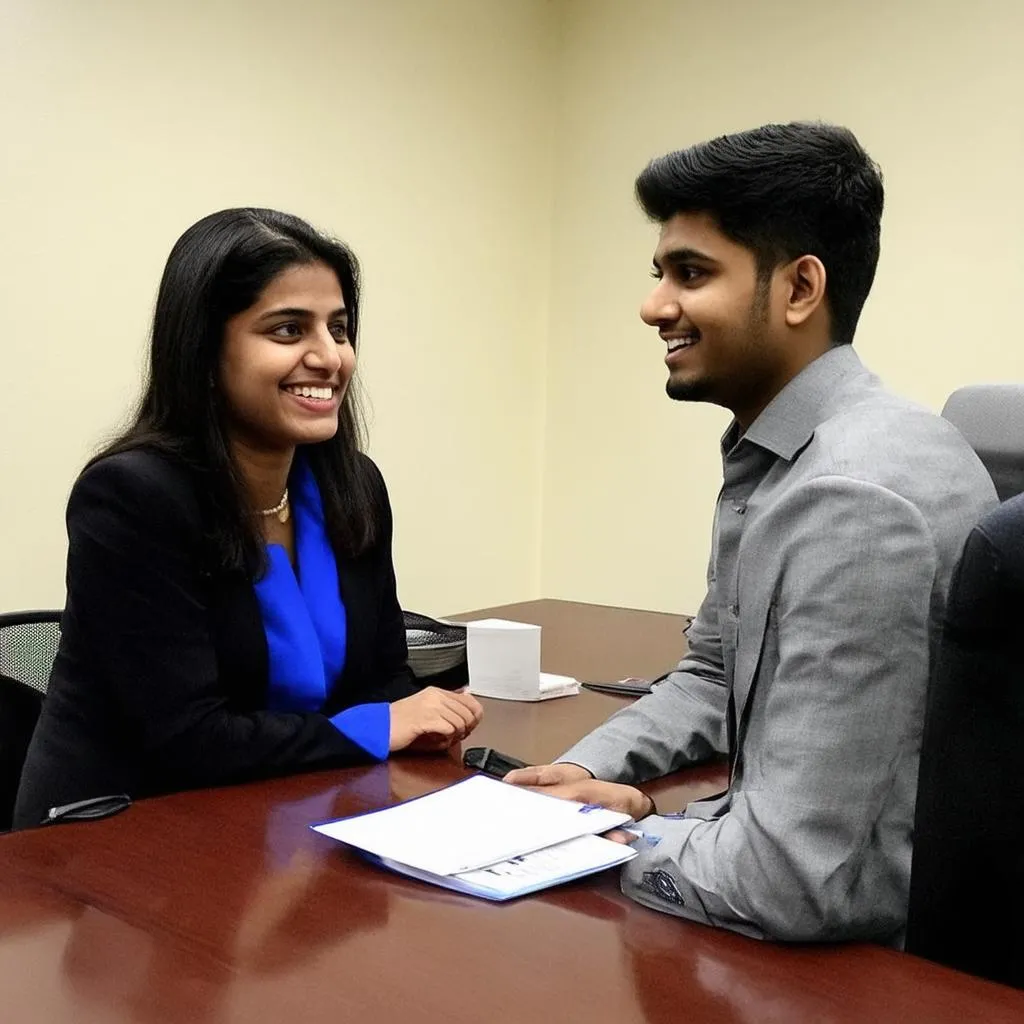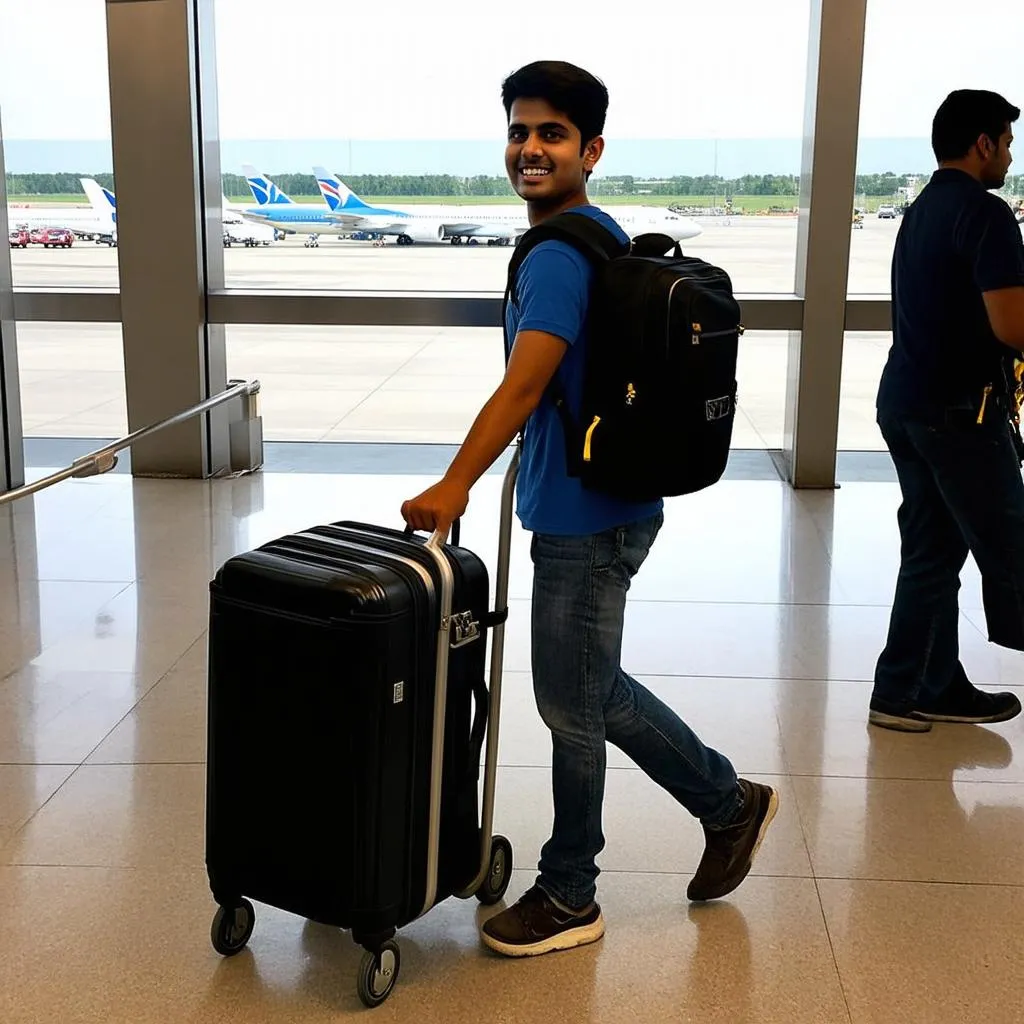Have you ever dreamt of strolling down the bustling streets of New York City or taking a selfie with the Golden Gate Bridge in the background? For many Indian students, the allure of pursuing higher education or simply experiencing the cultural melting pot of the United States is strong. But before you pack your bags and book your flight, one crucial question needs to be answered: are Indian students allowed to travel to the USA?
Yes, But It’s Not as Simple as Booking a Flight
The short answer is yes, Indian students are allowed to travel to the USA. However, there are specific procedures and requirements you must fulfill. The key to a smooth journey lies in understanding and obtaining the right travel authorization.
Navigating the Visa Process: Your Gateway to the USA
The most important document for any Indian student wishing to enter the USA is a visa. But not just any visa, you’ll need a specific type depending on your purpose of travel.
Types of Visas for Indian Students
F-1 Visa: This is the most common type of visa for Indian students pursuing academic studies in the USA. Whether you’re aiming for a degree at a prestigious university like Harvard in Cambridge, Massachusetts, or a community college, the F-1 visa is your ticket to an American education.
M-1 Visa: This visa is for students pursuing vocational or non-academic studies. Think culinary schools in San Francisco or technical institutes in Seattle.
J-1 Visa: This visa caters to exchange visitor programs, including student internships and research opportunities. Imagine interning at a tech company in Silicon Valley or conducting research at a renowned institution.
Visa Application Process: A Step-by-Step Guide
Get Accepted: The first step is getting accepted into a Student and Exchange Visitor Program (SEVP)-approved institution. This acceptance will earn you a Form I-20, your golden ticket to starting the visa application process.
Pay the SEVIS Fee: Before applying for your visa, you’ll need to pay the Student and Exchange Visitor Information System (SEVIS) fee.
Complete the DS-160 Form: This online nonimmigrant visa application form is crucial and requires accurate personal and travel information.
Schedule Your Interview: Once your DS-160 is submitted, schedule an interview at the US Embassy or Consulate in India.
Attend Your Interview: This interview is critical. Be prepared to answer questions about your academic background, financial stability, and ties to India to demonstrate your intent to return after your studies.
 Indian student visa interview
Indian student visa interview
Financial Planning: Budgeting for the American Dream
The USA is known for its high standard of living, and costs, especially in major cities like Los Angeles or Chicago, can add up. It’s vital to plan your finances carefully.
Estimated Costs for Indian Students
Tuition: Varies greatly depending on the institution and program.
Living Expenses: Consider accommodation, food, transportation, healthcare, and personal expenses.
Visa Fees: Factor in the costs associated with visa application and SEVIS fees.
Embrace the Journey: Tips for Indian Students Traveling to the USA
Research and Plan Ahead: From understanding cultural nuances to researching your destination city like Miami or Boston, preparation is key.
Pack Smart: Pack for all types of weather, especially if your chosen university is in a region with distinct seasons like New York.
Stay Connected: Ensure you have a reliable way to stay connected with family and friends back home.
Respect Local Customs: Familiarize yourself with American etiquette and customs to avoid any cultural misunderstandings.
 Indian student arriving in the USA
Indian student arriving in the USA
FAQs: Addressing Common Concerns
1. How long can I stay in the USA on a student visa?
The length of your stay is determined by the program of study mentioned on your I-20 form. You can stay for the duration of your program plus a grace period.
2. Can I work in the USA on a student visa?
F-1 visa holders have specific work restrictions, while M-1 visa holders generally cannot work.
3. What if my visa application is rejected?
You can reapply, addressing the reasons for rejection in your subsequent application.
Ready to Embark on Your American Adventure?
Traveling to the USA as an Indian student is an exciting journey filled with opportunities. By understanding the visa requirements, planning your finances, and embracing the adventure, you can turn your American dream into a reality.
For further guidance on visa applications, travel arrangements, and more, visit travelcar.edu.vn to explore a world of possibilities.